SICK Electrical Installation
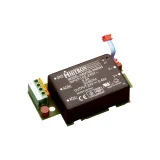


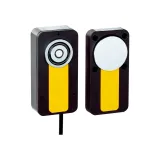
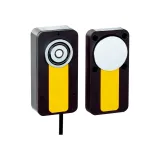
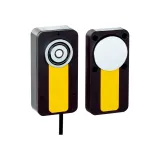
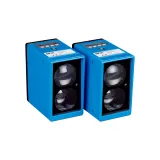


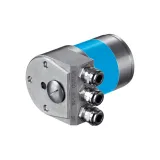
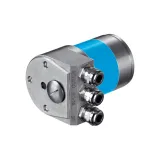

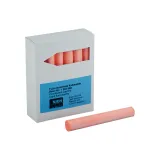



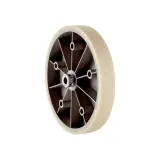


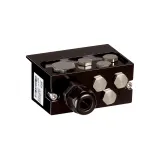

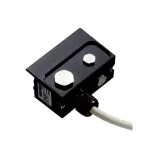

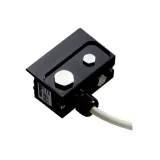


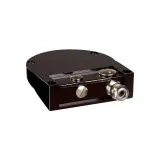
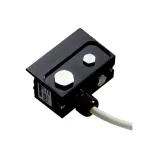
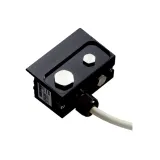
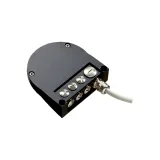
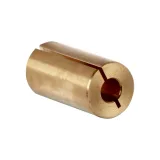
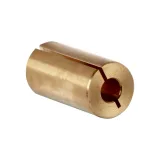
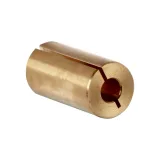
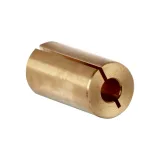

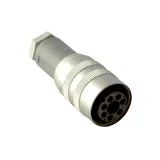


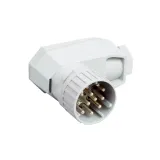
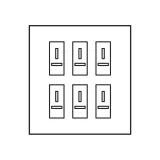
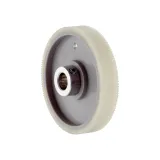

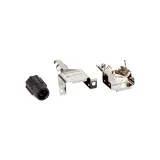
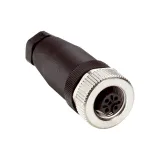
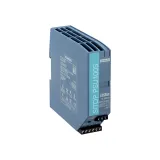
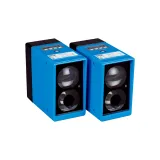
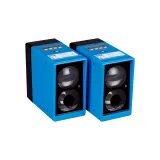

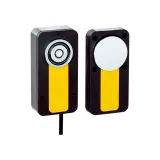
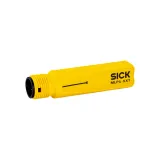
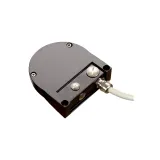



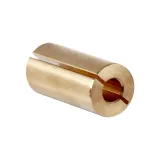


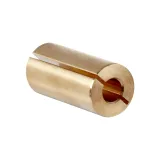

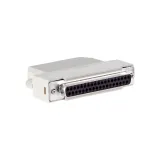
sick installation materials for clean, durable routing
SICK’s field gear only performs as well as the way it’s mounted and wired. This range covers the backbone pieces that keep sensors, scanners, encoders, and HMIs tidy and serviceable: boxes, plates, rails, glands, trunking, and prewired leads that match real-world cabinet and on-machine practice. Plastics arrive in LSZH for occupied spaces and UV-stabilized blends for outdoor runs. Typical protection levels: IP20 in panels, IP54 along corridors, IP65/66 at machines and wash-adjacent areas, with IK08–IK10 options where the hardware can take a hit. Temperature bands commonly span −25…+55 °C; stainless fixings and silicone gaskets are available for aggressive cleaning regimes.
sick mounting systems for panels and machines
DIN implementations are the sensible default: 35 mm top-hat rails with punched backplates, plus compact adapters for tight doors. On the machine, C-rails, L-brackets, swivel clamps, and vibration-damped feet let you land photoelectrics, LiDAR heads, and light curtains at the right angle without inventing hardware on site. Hole geometry is shared across sizes so mixing brackets doesn’t break alignment. For conveyors and AGVs, low-profile, slotted carriers make fine aiming straightforward and keep rework fast after a line change.
sick installation accessories that speed first fix
Expect compression and EMC glands in metric M16–M32, blind plugs, reducer bushes, breathable vents to prevent fogging, label frames, and legend plates. Pre-terminated M8/M12 cordsets (A-coded, DC-pinned) shorten lift time; tees and splitters help daisy-chain discrete sensors in short bays. Corner guards and edge trim clean up cutouts on show faces.
Technical specifications and standards
Cable spaces and glands are sized for 0.25…1.5 mm² on device drops and 1.5…2.5 mm² for trunk runs; strain relief is integrated, with pull-out typically ≥60 N. Junction boxes accept mini-rails or terminal strips; raised bosses keep terminals off the lid plane for bend radius. Sealing relies on elastomer or foam gaskets that re-seat after service; choose the foam where lids are opened often. Ingress protection follows IEC/EN 60529; EMC layouts are helped by 360° braid clamps at entry plates. Materials meet RoHS; fasteners are zinc-nickel or stainless in wet corners. For vibration, select parts validated to IEC 60068; rail transport and mobile equipment should use the heavier shock class.
sick installation hardware interface details
- Conduit and trunking: 16/20/25/32 mm for outlets and switches; 40/50/63 mm for multi-service risers. Divider strips keep SELV away from mains.
- Threading: metric glands with anti-vibration locknuts; reducer/enlarger bushes convert M20↔M25 without re-drilling.
- Rails: 35 × 7.5 mm steel/aluminum with clip-on earth points; paint-piercing lugs ensure continuity.
- Labels: printable sleeves and plate legends stay readable after solvents; pick micro-texture finishes to avoid swirl marks.
sick connection systems in typical topologies
For IO-Link and discrete 24 V, home-run to IP67 hubs in harsh zones, then back to the panel via composite cables. Encoder lines and safety circuits run separately from motor leads; keep 200–300 mm spacing or use metal-lid trunking when proximity is unavoidable. In cabinets, route sensor looms vertically, cross power at right angles, and maintain spare capacity for late devices—about 30 % headroom is a practical target in most cells.
Applications and compatibility across industries
Packaging uses swivel brackets and narrow beams on adjustable carriers; intralogistics favors quick-release clamps that survive weekly resets; food and beverage switches to stainless brackets and IP69K glands; woodworking needs dust-resistant boxes with filtered vents. The ecosystem is neutral—fit for SICK sensors and safety gear but happy behind third-party PLCs. Where brownfield lines mix conduit and tray, use sealing washers and bulkhead plates to keep IP at interfaces.
Integration with other SICK products
Mounting hole patterns match common SICK photoelectric bodies, laser scanners, and light curtains, so field swaps don’t require new steel. IO-Link masters land on the same rails as drives and valve islands; earthing braids tie shielded drops to the backplate at a single point. Accessory pilots and beacons from SICK’s HMI range share the legend system, keeping panels coherent. For remote nodes, prewired M12 pigtails reduce cabinet depth and help with door swing.
Selection criteria for B2B clients
Size conduit to the tightest elbow and intended fill rate; leave ~30 % spare for later adds. Pick halogen-free plastics indoors and UV-stable for exterior or skylight exposure. Use push-in terminals for ferruled fine-strand, screw-clamp where mixed conductors appear. Specify EMC entry plates and 360° clamps for LiDAR, encoders, and high-speed I/O. Near detergents, combine gasketed lids with stainless screws. Standardize bracket families across OEM skids so spares are shared. When writing the schedule, group parts into room- or cell-level kits: rails/backplates, boxes and glands, sick wiring components, labels, and fasteners—bagged by tag so crews don’t hunt SKUs.
sick installation solutions selection guide
- Cabinets: IP20 interiors; choose insulated backplates when condensation risk is high.
- Harsh areas: IP65/IP66 boxes, silicone gaskets, stainless fixings, and breather vents.
- High-vibration: double-saddle clamps and locking inserts on brackets; thread-locker on M6/M8.
- EMC-sensitive: metal boxes with bonded doors; short pigtails from glands to earth studs.
- Serviceability: clear lids where visual checks are routine; captive screws and hinged trays for frequent access.
Advantages of working with Bankoflamps
We align pricing to your cell and panel lists and show live EU stock before technicians are scheduled. Quotes typically arrive in about an hour with EAN/MPN so IP class, thread size, and bracket geometry don’t drift between phases. Your portal exposes lead times, shipment status, and downloadable price files; pricing validity is held to your gate dates. Trusted accounts can use post-payment up to 30 days. We consolidate by machine area to cut freight and site sorting, and your account manager cross-checks conduit diameters, gland threads, terminal type, rail length, earth bonding, and label plan against your drawings—so crates land workshop-ready and installation stays on the timeline.